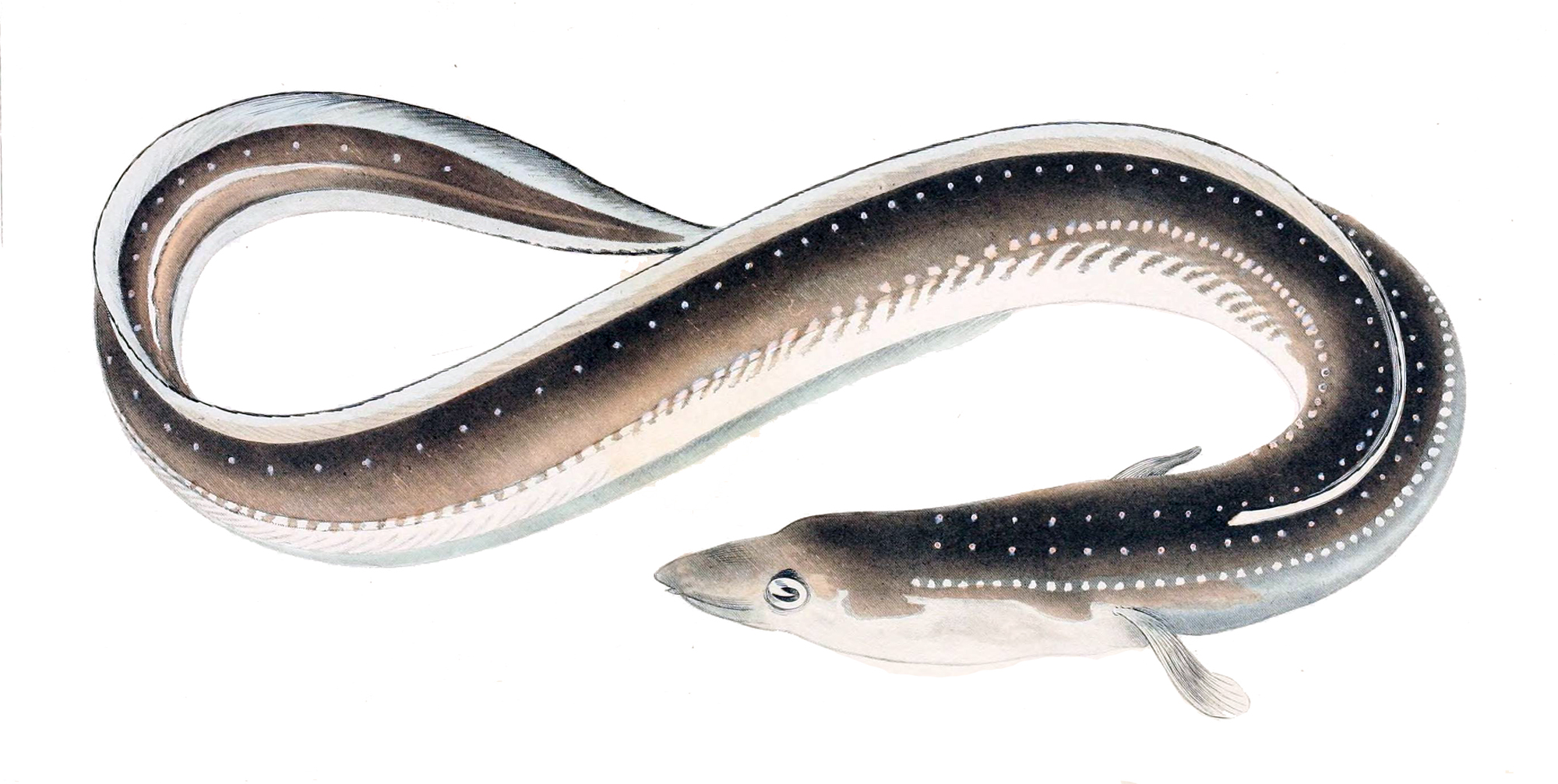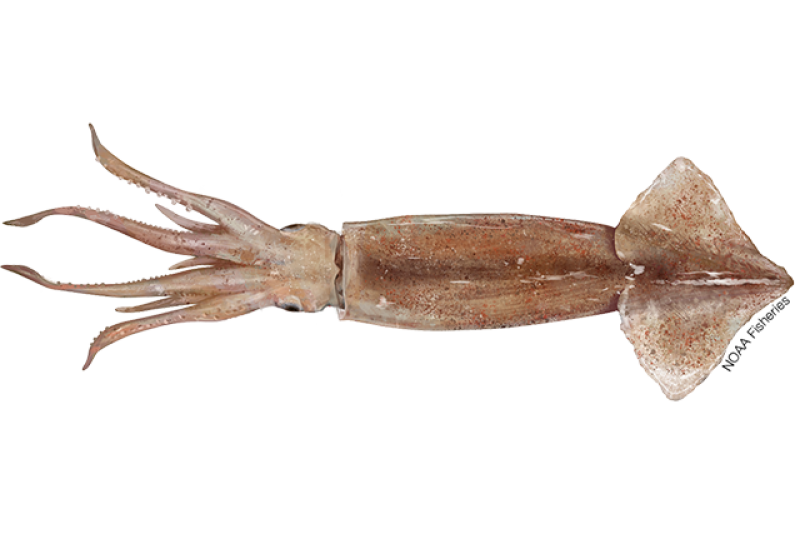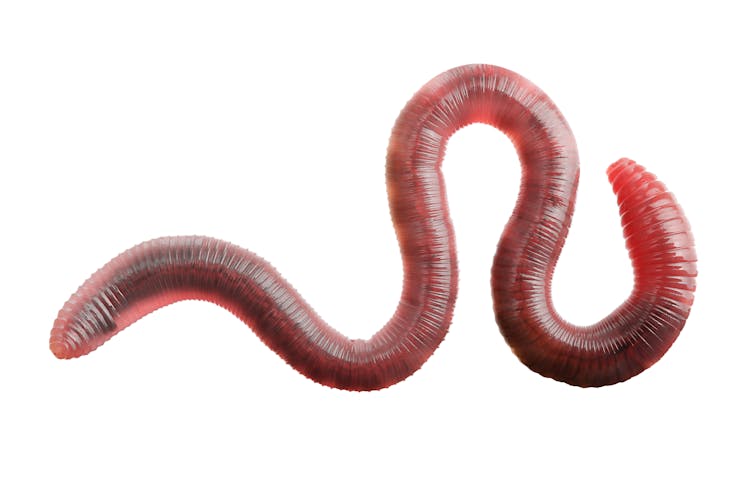Striped bass, or “stripers” as many anglers call them, are one of the most popular game fish across North America. Known for their powerful runs and impressive size, striped bass offer a thrilling experience for anglers. However, to increase your chances of hooking one of these fish, it’s crucial to understand what they eat. By mimicking their natural diet, you can lure them effectively. This guide dives into the eating habits of striped bass and how you can use that knowledge for better fishing.
Also Read: Pike vs Muskie
Understanding the Striped Bass
What Are Striped Bass?
Striped bass are a migratory fish species found along the Atlantic Coast and in freshwater lakes. They’re known for their distinctive silver bodies with dark horizontal stripes. They can grow up to 4 feet long and weigh over 50 pounds, making them a coveted catch.
Why Is Striped Bass Fishing So Popular?
Anglers love striped bass not only for their size but also for the challenge they present. These fish put up a strong fight, and they’re found in a wide range of waters, including rivers, estuaries, and coastal bays. This accessibility, along with their excellent flavor, makes striped bass a top target for sport fishers.
Striped Bass Feeding Habits
Striped Bass Diet Overview
Striped bass are opportunistic feeders, meaning they’ll eat just about anything they can find, but their diet varies based on what’s available. Their diet changes with the seasons, so understanding these shifts can help you choose the right bait depending on the time of year.
Opportunistic Predators
Stripers are known to be aggressive hunters, feeding on a wide variety of fish and crustaceans. They adapt quickly to their environment, taking advantage of whatever prey is most abundant. This makes understanding the local forage species essential for catching striped bass consistently.
What Do Striped Bass Eat Fishing
Primary Food Sources
Baitfish
Striped bass primarily eat baitfish, which are small fish found in abundance in both freshwater and saltwater environments. Some of their favorite baitfish include:
- Menhaden: A popular baitfish, especially in coastal waters. Menhaden are oily and nutritious, making them a top choice for stripers.
- Herring: Striped bass often follow schools of herring, feeding on them in large quantities.
- Shad: Found in rivers and lakes, shad are another popular prey for striped bass, particularly in freshwater systems.
- Mackerel: In colder coastal waters, mackerel are a common part of the striped bass diet.
Crustaceans
Striped bass also feed on crabs and shrimp, especially when they are abundant in estuaries and coastal bays. Blue crabs and shrimp are often consumed during the warmer months when these species are more active.
Eels
Eels are a prized meal for striped bass. These slimy creatures are particularly effective as bait because they’re a favorite food source, especially for larger bass.
Squid
In coastal waters, squid can be a significant part of the striped bass diet. Their erratic movement and high nutritional value make them an attractive prey.
Worms
Bloodworms and sandworms are commonly used as bait because they are a natural part of the striped bass diet, especially in estuaries and brackish waters.
Seasonal Diet Changes
Striped bass change their eating habits with the seasons:
- Spring: As the water warms, striped bass feed heavily on herring and shad, which are spawning in rivers and estuaries.
- Summer: During summer, striped bass are often found feeding on menhaden, mackerel, and squid.
- Fall: In the fall, striped bass increase their feeding as they prepare for migration, focusing on larger baitfish like menhaden and eels.
- Winter: Striped bass slow down in winter but will still feed on baitfish if available, especially in warmer coastal areas.
Best Bait for Catching Striped Bass
Live Bait vs. Artificial Lures
While live bait is often more effective because it mimics the bass’s natural prey, artificial lures can also be successful if used correctly. Live bait like menhaden or eels tends to attract larger fish, while artificial lures can be used to imitate baitfish, squid, or eels.
Top Live Baits for Striped Bass Fishing
Menhaden
Menhaden are among the best baits for striped bass due to their availability and high oil content. These fish are especially effective when used live or as cut bait in coastal areas.
Eels
Live eels are one of the most effective baits for catching striped bass, especially large stripers. When hooked properly, they create irresistible movements in the water.
Clams and Crabs
Shellfish like clams and crabs can be highly effective, particularly in estuarine environments where striped bass often feed on them. Use these baits near structures like piers or rocky outcroppings.
Best Lures for Striped Bass Fishing
Artificial lures like soft plastics, swim shads, and topwater plugs can imitate the natural prey of striped bass, making them excellent choices when live bait is unavailable.
Techniques for Matching the Striped Bass Diet
Matching the Hatch
One of the most effective fishing strategies is “matching the hatch,” which means using bait or lures that closely resemble the prey that striped bass are currently feeding on.
Seasonal Adjustments
Adjust your bait and techniques to the season. For example, use larger baits like menhaden in the fall when striped bass are bulking up, and smaller baitfish or worms in the spring when they’re chasing spawning shad.
How Weather and Water Conditions Affect Feeding
Water Temperature
Striped bass prefer water temperatures between 55°F and 68°F. Their feeding activity tends to increase when the water is within this range, so monitoring the temperature can help you determine the best times to fish.
Tidal Influence
Tides play a significant role in striped bass feeding behavior, with many anglers finding success during moving tides when the fish are actively hunting.
Light and Time of Day
Striped bass are often more active at dawn and dusk, taking advantage of lower light conditions to ambush prey.
Striped Bass Fishing in Freshwater vs. Saltwater
Differences in Diet
In freshwater, striped bass feed more on shad, herring, and other lake-specific species, while in saltwater, their diet includes menhaden, eels, and squid. Adjust your bait accordingly based on the environment.
Common Mistakes to Avoid When Fishing for Striped Bass
Using the Wrong Bait
It’s essential to match the bait to what striped bass are currently feeding on in the area. Using bait that’s not part of their diet will significantly reduce your chances of success.
Ignoring Local Conditions
Striped bass fishing is highly dependent on local forage and conditions. Always take the time to learn what prey is available in the area and the feeding habits of the local striped bass population.
Conclusion
Catching striped bass requires understanding their diet and adapting your fishing strategy to mimic what they naturally eat. Whether using live bait like menhaden and eels or lures that imitate baitfish, knowing what striped bass are feeding on can dramatically improve your success on the water.
Also Read : How Tall is Zach Bryan?
FAQs
-
What is the best time of year to catch striped bass?
- Spring and fall are typically the best times, as striped bass are more active during these seasons.
-
Are striped bass picky eaters?
- Not particularly. They are opportunistic feeders, but they do prefer certain prey based on the season and location.
-
Can you catch striped bass at night?
- Yes, striped bass often feed at night, especially in warmer months when they hunt under the cover of darkness.
-
What size of bait should I use for striped bass?
- Use larger bait like eels or menhaden for bigger stripers and smaller baitfish for younger, smaller bass.
-
Do striped bass eat worms?
- Yes, bloodworms and sandworms are commonly eaten by striped bass, especially in estuarine environments.




